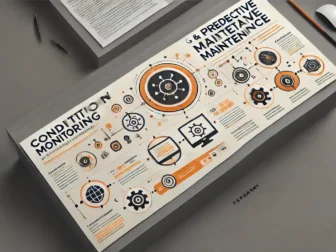Tag - Real-time Monitoring
Blog, IoT Tools and Platforms , January 23, 2025 , Automation Systems, Configuration Tool, Data Acquisition, FUXA, HMI, Industrial Protocols, Real-time Monitoring, SCADA, Web Visualization
Blog, IoT Tools and Platforms , January 14, 2025 , data visualization, Debug Tool, embedded systems, iot, Open Source, Real-time Monitoring, Serial Studio
Blog, IoT Tools and Platforms , December 15, 2024 , Edge Computing, FRP, Industrial IoT, iot, NAT-traversal, Network Security, Open Source, Real-time Monitoring, Remote Access, Reverse Proxy
Blog , February 8, 2024 , Future of IoT, Integration of Stage Art, Intelligent Lighting, Intelligent Stage, internet of things, iot, IoT technology, Performance System, Real-time Monitoring
Enhancing Efficiency and Security with Real-time Monitoring
Real-time monitoring is a crucial tool for businesses looking to enhance efficiency and security in their operations. By continuously tracking data and metrics as they occur, organizations can quickly identify and address any issues that may arise, leading to improved performance and reduced risks.
One of the key benefits of real-time monitoring is the ability to detect and respond to incidents as they happen. Whether it’s a security breach, a system failure, or a performance issue, having real-time visibility into your operations allows you to take immediate action to mitigate the impact and prevent further damage. This proactive approach can help minimize downtime, reduce financial losses, and protect your organization from potential threats.
In addition to incident response, real-time monitoring also enables better decision-making based on up-to-date information. By having access to real-time data on key performance indicators, businesses can quickly identify trends, patterns, and anomalies that may require further investigation. This insight empowers leaders to make informed decisions in a timely manner, leading to more effective strategies and improved outcomes.
Furthermore, real-time monitoring can help optimize resource allocation and improve operational efficiency. By monitoring processes and workflows in real-time, organizations can identify bottlenecks, streamline workflows, and allocate resources more effectively. This level of visibility allows businesses to make adjustments on the fly, ensuring that resources are utilized efficiently and effectively.
Another important aspect of real-time monitoring is its role in enhancing security measures. With cyber threats becoming increasingly sophisticated and pervasive, organizations need to stay vigilant and proactive in protecting their data and systems. Real-time monitoring can help detect and thwart potential security breaches by providing instant alerts and notifications when suspicious activities are detected. By monitoring network traffic, system logs, and user behavior in real-time, businesses can quickly identify and respond to security threats before they escalate.
Overall, real-time monitoring is a powerful tool for businesses looking to improve efficiency, security, and performance in their operations. By providing instant visibility into key metrics and data, organizations can make better decisions, respond to incidents quickly, and optimize their resources for maximum impact. As technology continues to evolve, real-time monitoring will become even more essential for businesses looking to stay ahead of the curve and succeed in today’s fast-paced digital world.





